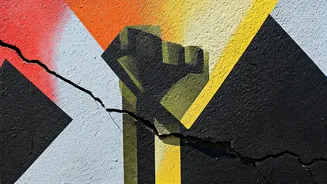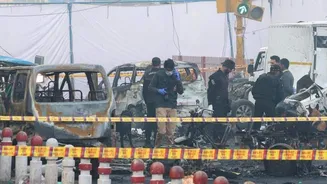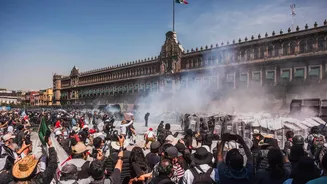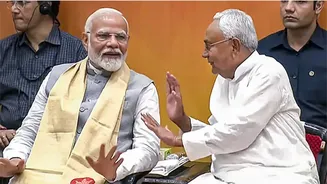Youth-Led Demonstrations Erupt
The streets of Mexico witnessed a wave of protests initiated by Generation Z. The immediate catalyst was the tragic assassination of Mayor Carlos Manzo.
However, the marches quickly broadened in scope, encapsulating a more profound discontent with prevalent issues of crime and corruption that had been plaguing the nation. These issues have eroded public trust in the government and fueled a sense of insecurity. The youth-led movement soon began to draw support from various generations, underscoring a collective yearning for justice and accountability. The death of Mayor Manzo thus became a poignant symbol around which people from different walks of life united, making it a pivotal moment in the nation's contemporary socio-political landscape. The intensity of public emotions reflects a widespread desire for improved safety and governance within the country.
Protests: A Broadening Outcry
The initial demonstrations, sparked by the murder of the mayor, evolved to become a symbol of the broader issues concerning Mexicans. The protests quickly became a platform for expressing the public's growing frustration with the prevailing crime rates and perceived corruption within government agencies. The marches served as a focal point where people's shared experiences of insecurity and a lack of accountability converged. Despite political tension, the marches reflected unity across different generations. The outcry against violence, a core element of the protests, illustrated the citizens' deep-seated concerns over their safety and security. Moreover, the protests were not just isolated events but became a part of a larger conversation about the government's role and responsibility. Overall, the collective expression of discontent reflected the need for meaningful change and greater transparency within the nation.
Police Response, Escalation
During the course of the protests, a significant aspect was the response from the city's police force. Reports surfaced showing the use of tear gas and instances of violence by the police against the protestors. This escalation of force not only amplified the tensions but also raised questions about the conduct and the tactics employed by law enforcement personnel. The actions of the police were seen as an attempt to suppress the demonstrations, while this response further fueled public anger and resistance. The use of tear gas, a non-lethal weapon, indicated a serious intent to disperse the crowd, while the instances of violence added a layer of severity. These events, documented and reported, prompted more people to join the protests. The response by the police highlighted the escalating nature of the conflict and the urgent need for addressing the fundamental concerns driving the demonstrations.
Significance of the Protests
The protests in Mexico, primarily organized by Generation Z, underscored a significant moment in the country's history. The demonstrations highlighted the increasing demand for reform in several areas, including crime control, the battle against corruption, and greater accountability in governance. The participation across generations emphasized a collective desire to address critical societal issues. The killing of Mayor Manzo became a catalyst that exposed deeper underlying concerns. The protests also brought light to police behavior and the use of force, which raised questions regarding the protection of citizen rights and freedoms. They served as a powerful reminder of the importance of democratic values. These events signaled a crucial period for the country, emphasizing the citizens' collective determination to press for reforms and improvements.














